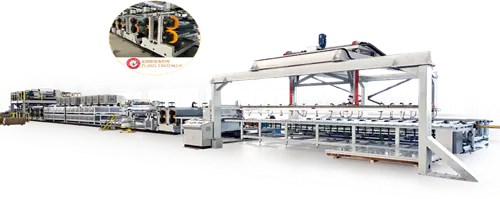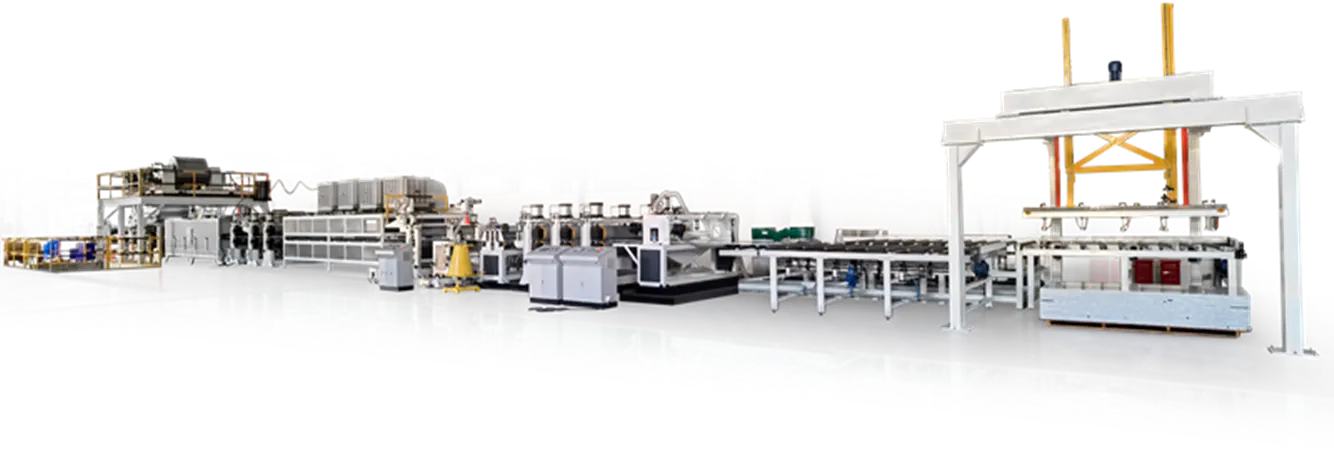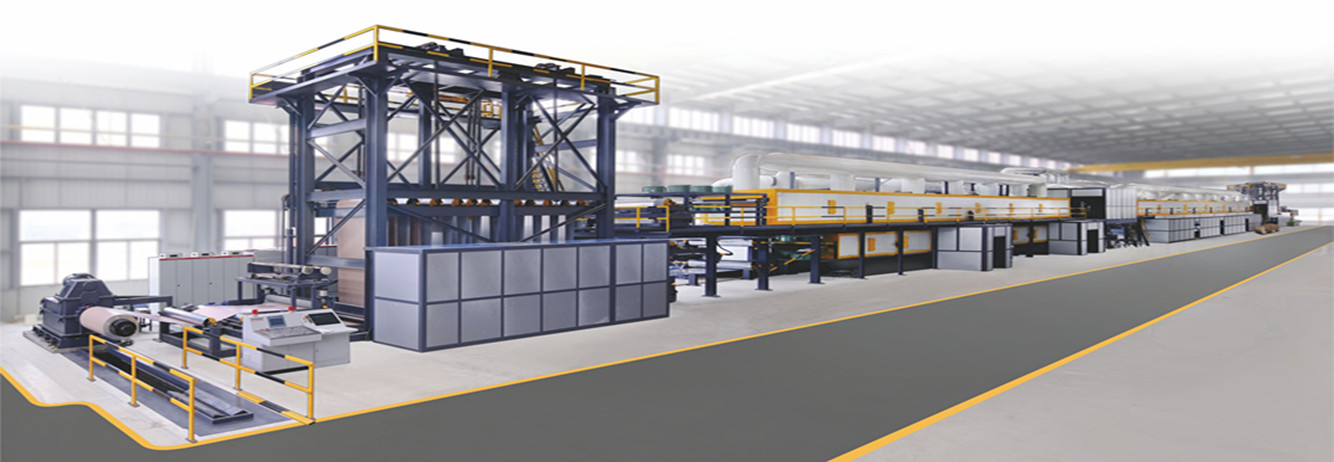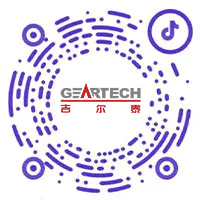Aluminum composite panels (ACPs) are widely used in modern construction due to their lightweight nature, flexibility, and appealing appearance. One of the key elements that define the functionality and aesthetics of these panels is the surface finish and coating. This article offers an overview of the common surface finishes, coating techniques, and the processes involved, with a focus on the roles of the Coil Coating Line and the ACP line in production.

The surface finish of an aluminum composite panel directly impacts its durability, weather resistance, and visual appeal. Different finishes are used depending on the application, whether for exterior cladding, interior decoration, or industrial use. One of the more commonly used processes for applying coatings to aluminum coils is the Coil Coating Line. This automated production line ensures uniform application of paints or resins onto aluminum sheets before they are processed further.
Surface finishes typically fall into categories such as high-gloss, matte, brushed, mirror, or wood-grain textures. Each of these is achieved through specific coating techniques or surface treatments. For example, brushed finishes are mechanically processed to give a textured look, while mirror finishes require a high-polish treatment. The Coil Coating Line is designed to support these requirements, enabling controlled application of primers, base coats, and topcoats with precise thickness and curing cycles.
Once the aluminum coils are coated, they are transferred to the ACP line, where they are bonded with core materials, usually made from polyethylene or fire-retardant mineral-filled materials. The ACP line integrates lamination, cutting, and quality inspection into one continuous process. This ensures the coated aluminum layers are properly fused with the core, maintaining the integrity of the finish throughout the panel’s lifetime.
Various coating types are used in the production of ACPs, including polyester, PVDF (polyvinylidene fluoride), and FEVE (fluoroethylene vinyl ether). These coatings differ in terms of UV resistance, chemical resistance, and flexibility. The Coil Coating Line plays a central role in ensuring these coatings adhere correctly to the aluminum surface and deliver consistent performance over time. It also reduces material waste and allows for a high degree of customization in terms of color and gloss level.
On the ACP line, the finished coated aluminum is aligned with the core and subjected to high temperatures and pressure to create a strong bond. The accuracy of the ACP line process ensures that the panel maintains flatness, strength, and weatherproof characteristics. This is especially important for architectural uses where panels must withstand wind loads, temperature fluctuations, and pollution.
Environmental sustainability is also a consideration in surface finishing. Modern Coil Coating Line systems are designed to produce fewer VOC (volatile organic compound) emissions and improve energy efficiency. Water-based coatings and solvent-recovery systems are increasingly being adopted to reduce environmental impact while maintaining coating quality.
In conclusion, surface finishes and coatings are vital in determining the performance and aesthetic value of aluminum composite panels. The Coil Coating Line provides a reliable method for applying durable and uniform coatings to aluminum coils, while the ACP line ensures these coated materials are transformed into high-quality composite panels. With the right combination of technology and materials, aluminum composite panels continue to be a practical and visually appealing choice for a wide range of applications.

 中文简体
中文简体 English
English Português
Português русский
русский Español
Español عربى
عربى









